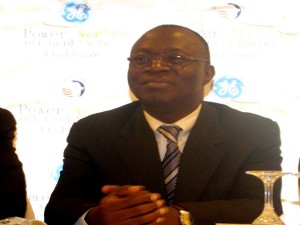Dangote Group, Honeywell, BUA Group and other cement, food and beverage manufacturing plants across the country are generating over 15,000 megawatts of electricity that are not in the national grid. This was disclosed by the President and Chief Executive Officer of General Electric (GE) Nigeria, Dr. Lazarus Angbazo, in a press statement. Angbazo stated that this 15,000mw captive power sustains the operations of these private companies. He said captive power was one area of the power sector where the Nigerian market was in its maturity, stressing that the installed capacity on the national grid and the installed capacity off-grid was estimated to be nearly equal. “When I say they are captive, I am talking about consumer industrial groups that are self-generating, like the Dangote Cement, Bua Cement, Lafarge Cement and others. All these groups are building their own power plants and we are in partnership with Dangote, for example, on Obajana, Ibese, Shagamu and Gboko and we are the one providing the power. In Obajana and others, they have been expanding. “It is not just Dangote, we provide power to Honeywell and food production companies that are using GE engines. Several other industrial groups, like fertiliser groups are working with us on this,” he explained. Angbazo said GE’s estimate was that there was about 15,000megawatts of power that could be created by these industrial groups, which sustains them in their manufacturing capacity, adding that “none of these are putting it on the grid and therefore you and I do not get it in our homes.” “But how do you explain that these groups have been able to continue to produce so much so that Dangote is the biggest producer of cement in Africa, if not very closely at the top ranking around the world,” he added. Angbazo also stated that the 11 distribution companies unbundled from the defunct Power Holding Company of Nigeria (PHCN) also have the capacity to bypass the Transmission Company of Nigeria (TCN) by generating power within their networks. He said there was the need for the discos to generate their own power because they lost between 40 per cent and 50 per cent of power allocated to them from the generating companies on transmission. “They actually have the ability to produce within their network and distribute within their own distribution network. In the next few years, we are going to see the discos also having generating capacity within their networks, especially the ones in big industrial clusters like Enugu, Ikeja, Eko and Ibadan,” he said.



